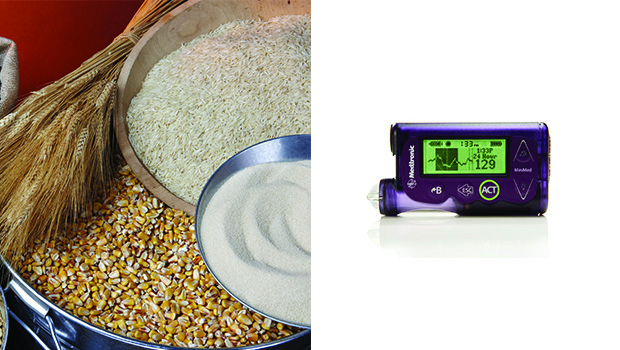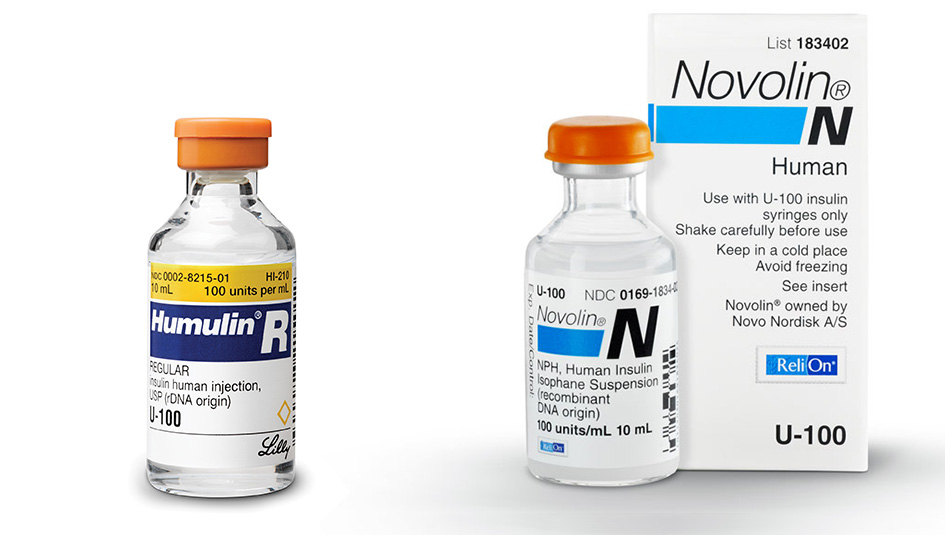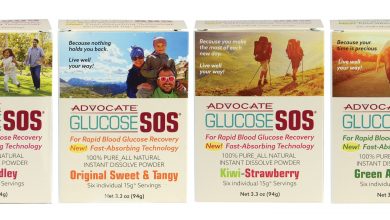Hey UHC, Here are 16 Reasons Pumps Aren’t a Commodity

Opinion
By now, many of you have heard that UnitedHealthcare, one of the nation’s largest health insurers, has opted to restrict choice of insulin pumps for its members to one brand. Because they were able to negotiate a more favorable price, UHC has designated Medtronic as their “preferred provider.” This will make it more difficult and more costly for adults covered by UHC to obtain an insulin pump other than one made by Medtronic.
I’m all for reducing healthcare costs, especially for people with diabetes. But in this case, UHC is essentially saying that all insulin pumps perform basically the same function and should be viewed as mere commodities. In other words, UHC is suggesting that there is as much difference in pump brands and models as there is in milk or wheat from various farms.
This move has far-reaching implications. You can bet your bottom dollar that other health plans are watching closely to see if this cost-cutting measure works in the long term before implementing it themselves. If it succeeds, other diabetes management tools (blood glucose monitors, CGMs, and even insulin types) will also come to be viewed more often as mere commodities, with the risk that the lowest-cost tool will be covered, rather than the most effective.
Insulin pumps are not commodities. There are a number of features that differentiate insulin pumps and make them more suitable for certain people. Below are a few pump features that affect one’s ability to use a pump safely and manage blood sugars successfully.
1. Insulin volume – Different pumps hold different amounts of insulin. Users need their pump to hold enough insulin to last at least three days.
2. Waterproofing – Some pumps are waterproof, and other are not. Those who spend a great deal of time around water need a pump that won’t be damaged by water exposure.
3. Screen size/contrast – Older monochrome displays are difficult for some people to see. The screen must be clear and legible for the pump to be programmed properly and safely.
4. Alarm distinction – The audible alerts on pumps vary by volume and pitch. People with diabetes have a higher risk of hearing loss than the average population. It’s important for users to be able to hear the alerts so they can respond in a timely manner.
5. CGM reactivity – Having a pump that acts automatically based on CGM values is the basis for an artificial pancreas system. We are in the very early phases of this process, with certain pumps reacting only to hypoglycemic conditions. However, the usefulness of such a feature depends heavily on sensor accuracy/reliability and consistent use.
6. Meter linkage – Accurate dosage calculations depend on accurate blood glucose entries. Some pumps accept transmissions directly from certain meters while others do not.
7. Downloadability – This is a critical element of finetuning one’s insulin program. While all pumps are downloadable, the quality of the software varies considerably, as does the ability to integrate pump data with information from CGMs, meters, and activity-tracking devices.
8. Upgrade opportunities – All pumps become obsolete eventually. Some pump companies provide simple, inexpensive upgrade programs while others do not.
9. Infusion device options – The right infusion device can make or break success with an insulin pump. Due to proprietary connections, not all infusion devices are compatible with all pumps. Those with dexterity issues can benefit from the fully automated cannula insertion found only in patch pumps.
10. Disconnection need – Frequent or prolonged disconnection/reconnection can interfere with glucose control, but some people need to detach frequently. Non-tubed (patch) pumps eliminate the need to disconnect/reconnect.
11. Carb ratio flexibility – Those who are on relatively large mealtime doses may require insulin-to-carb ratios that use decimals. Not all pumps offer a decimal option.
12. Bolus maximum – Some of those who require large doses at mealtimes will also need a pump that can deliver the full dose without having to bolus twice. “Bolus Maximum” allowances vary from pump to pump.
13. Insulin-on-board calculation/usage – Different pumps handle insulin-on-board (IOB) in different ways. Some deduct IOB from meal doses, others from correction doses only. Some allow “duration-of-action” to be set in less than one-hour increments while others do not. Appropriate calculation and use of IOB can minimize one’s overall risk of hypoglycemia and hyperglycemia.
14. Rate of delivery – For those taking large doses at meals, too-rapid bolus delivery can result in discomfort or leakage of insulin at the infusion site. This can lead to intentional under-dosing or under-delivery of insulin. The rate of delivery for normal boluses varies from pump to pump.
15. Minimum basal delivery – Those who are very sensitive to small doses of insulin may require basal delivery in increments as low as .025 unit/hr, or delivery of zero basal for specified time intervals. Not all pumps offer this option.
16. Base price – Pump therapy is only useful if it is accessible. Even when covered by health insurance, deductibles and copays can be a barrier to starting on pump therapy. The up-front cost of pumps can vary.
Insulin pumps, like the people who use them, are not interchangeable. Any third-party payer that forces us to use a device that fails to meet our needs when a perfectly acceptable alternative exists deserves to be treated like… well… a commodity. UnitedHealthCare executives please take note.
Our practice, Integrated Diabetes Services maintains a set of objective, impartial pump comparisons of each pump type on our website: integrateddiabetes.com/insulin-pump-comparisons/
5/19/2016 – This article has been edited at the author’s request to clarify a sentence about the possibility of diabetes tools becoming commodities.
Thanks for reading this Insulin Nation article. Want more Type 1 news? Subscribe here.
Have Type 2 diabetes or know someone who does? Try Type 2 Nation, our sister publication.







